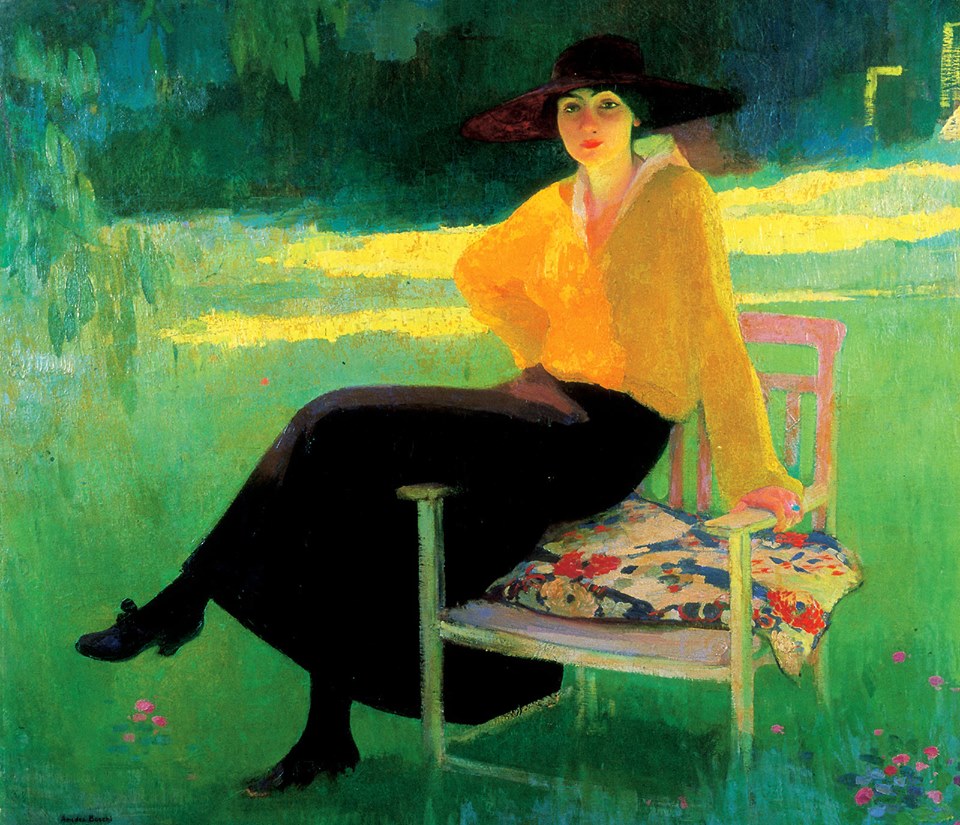Amedeo Bocchi (August 24, 1883 - December 16, 1976) was an Italian painter, active mainly in Rome.
- Biography
He was born in Parma to a father who worked in painting wall decorations. At the age of 12 years, he was enrolled in the Royal Institute of Fine Arts of Parma, under the direction of Cecrope Barilli. In 1901, at the age of 18 years he was graduated, and Barili prompted him to travel to Rome to the Scuola del Nudo on Via Ripetta.









